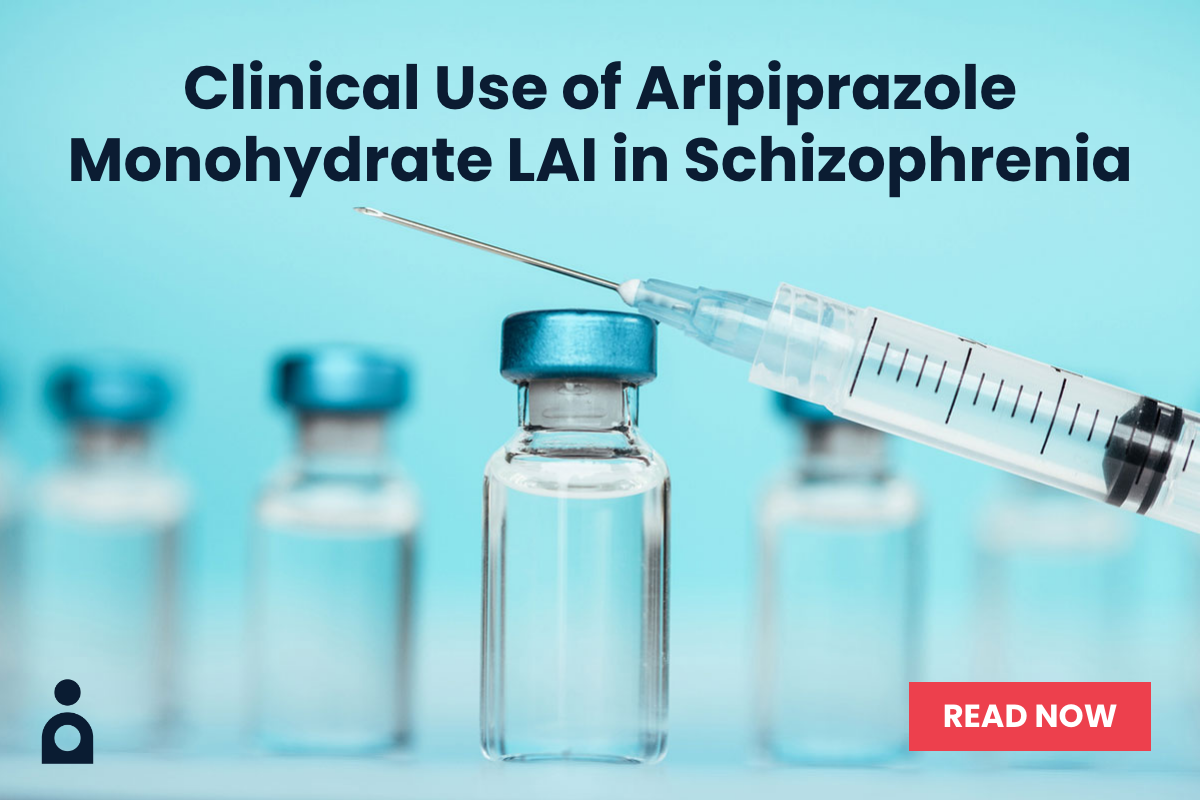Objective: To present current, nationally representative US findings on prevalence, correlates, psychiatric comorbidity, disability, and treatment of DSM-5 antisocial personality disorder (ASPD) and adulthood antisocial behavioral syndrome without conduct disorder before 15 years of age (AABS).
Method: Face-to-face interviews were conducted with respondents (N = 36,309) in the 2012-2013 National Epidemiologic Survey on Alcohol and Related Conditions-III. DSM-5 alcohol, nicotine, and specific drug use disorders and selected mood, anxiety, trauma-related, eating, and personality disorders were assessed using the Alcohol Use Disorder and Associated Disabilities Interview Schedule-5.
Results: Prevalences of ASPD and AABS were 4.3% and 20.3%, respectively, and were highest among male, white, Native American, younger, and unmarried respondents, those with high school or less education, lower incomes, and Western residence. Both antisocial syndromes were significantly associated with 12-month and lifetime substance use, dysthymia/persistent depressive, bipolar I, posttraumatic stress, and borderline and schizotypal personality disorders (odds ratios [ORs] = 1.2-7.0). ASPD was additionally associated with 12-month agoraphobia and lifetime generalized anxiety disorder (ORs = 1.3-1.6); AABS, with 12-month and lifetime major depressive and 12-month generalized anxiety disorders (ORs = 1.2-1.3). Both were associated with significant disability (P < .001 to .01). Most antisocial survey respondents were untreated.
Conclusions: One in 4 US adults exhibits syndromal antisocial behavior, with similar sociodemographic and psychiatric correlates and disability regardless of whether onset occurred before 15 years of age, illustrating the clinical and public health significance of both ASPD and AABS. In addition to laying groundwork for estimates of social and economic costs, and further etiologic and nosologic research, these findings highlight the urgency of effectively preventing and treating antisocial syndromes, including investigation of whether treatment for comorbidity hastens symptomatic remission and improves quality-of-life outcomes.
Members Only Content
This full article is available exclusively to Professional tier members. Subscribe now to unlock the HTML version and gain unlimited access to our entire library plus all PDFs. If you’re already a subscriber, please log in below to continue reading.
Please sign in or purchase this PDF for $40.00.
Already a member? Login




